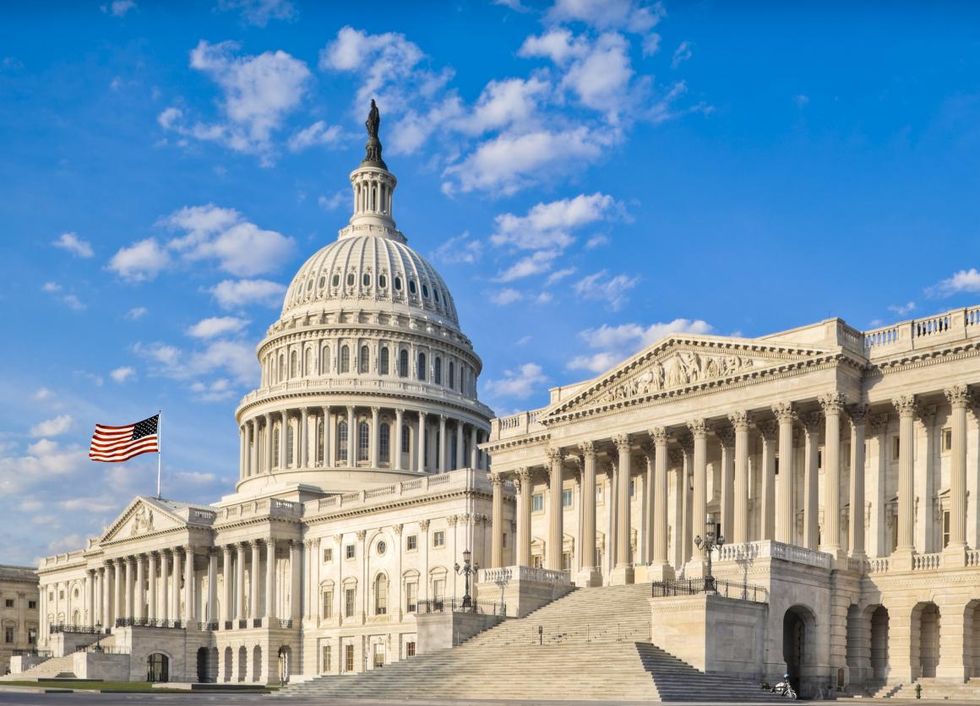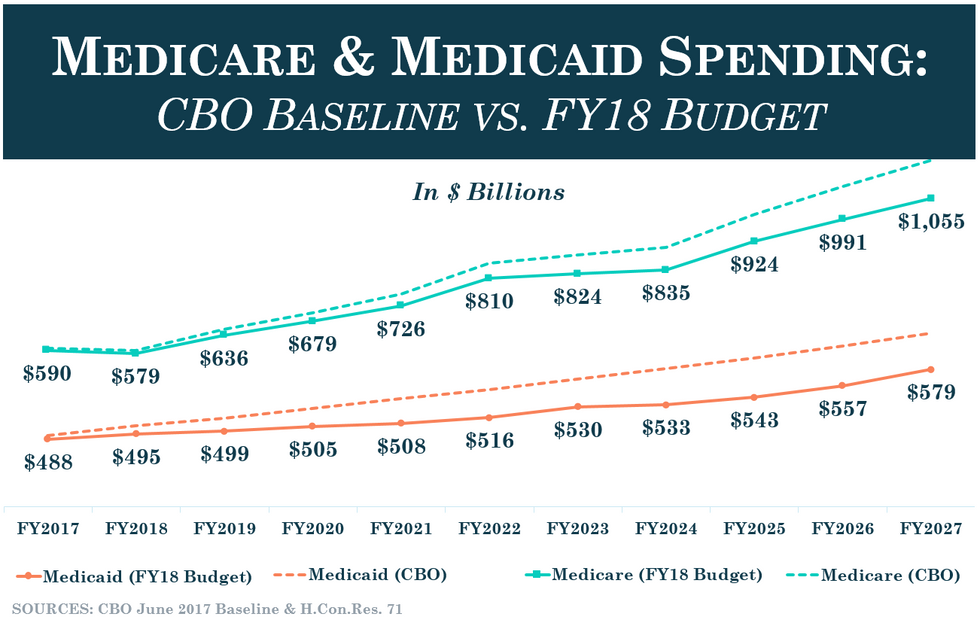As the deficits that the government has created grow, many questions are being raised as to what the main driving force is? What does the government sink most of its funding into? Now, most arguments from the left is that one of the largest contributors to the deficit is our military budget citing that we spend more money on defense than the next three closest countries combined.
This point is actually true. We do spend significantly more than any other country on our military defense budget which accounts for about 57% of our discretionary spending. But, that's just it. Discretionary spending. What most people fail to realize is that the federal budget is broken up into two categories. There is discretionary spending and mandatory spending.
Mandatory spending is all spending by the federal government that is mandated by law i.e. the Affordable Care Act. Discretionary spending is all spending made by the government based on where they believe funding should go. So it is true that the government spends a significant amount of discretionary spending on defense, but that is not what makes up the majority of government spending. One must take into account the mandatory spending aspect.
So what makes up most of the mandatory spending? The answer is entitlement programs. These are better known as Social Security, Medicare and Medicaid. According to research done by Politifact in 2015, pie charts constructed and spread over social media claimed that we only spend 1% of the budget on things like food stamps in comparison to that 57% defense spending. Again, this is true but incredibly deceiving as those pie charts only take into account discretionary spending which only makes up about one-third of all federal spending.
If you include mandatory spending, the defense budget drops to about 16% of the entire federal budget. To highlight just how small this is in comparison to the entitlement programs, Social Security alone takes up about 25% of the budget. Medicare and Medicaid contribute 28% of the budget. This means that combined all entitlement programs make up 53% of the entire federal budget.
According to the House Budget Committee for the fiscal year of 2018, the cost of maintaining these entitlement programs has risen by 6.7 billion from what it was in 2017. The budget digest continues by acknowledging the possibility of insolvency by the year 2025 rather than the projected 2029. By that point, it is estimated that the government will only be able to cover about 88% of all its promised benefits.
This graph depicts the problems of these entitlement plans. The cost of maintaining these programs continually rises and will eventually reach the point where the output from the government cannot keep up due to the low input from the citizens utilizing the service. Not that the input from the citizens ever matched the output of the government with regards to the Affordable Care Act.
So in conclusion, the majority of all federal spending is not from defense spending,but in fact comes from entitlement programs created under the Affordable Care Act. This is what drives the majority of debt in the United States as it provides a significant amount of benefits with negligible input from the citizens using the programs. These programs are not sustainable and will continue to increase the federal debt until they ultimately fail and collapse which could then trigger economic fallout.
Unfortunately, we do not have any better alternatives at this moment to aid those who are in dire need of healthcare. This should and must be top priority for the Trump administration if they want to focus on lowering deficits (not that they have been keen to do so). A more comprehensive and sustainable healthcare system must be implemented soon in order combat the blunders of the prior administration.









 The minimum wage is not a living wage.
StableDiffusion
The minimum wage is not a living wage.
StableDiffusion
 influential nations
StableDiffusion
influential nations
StableDiffusion










